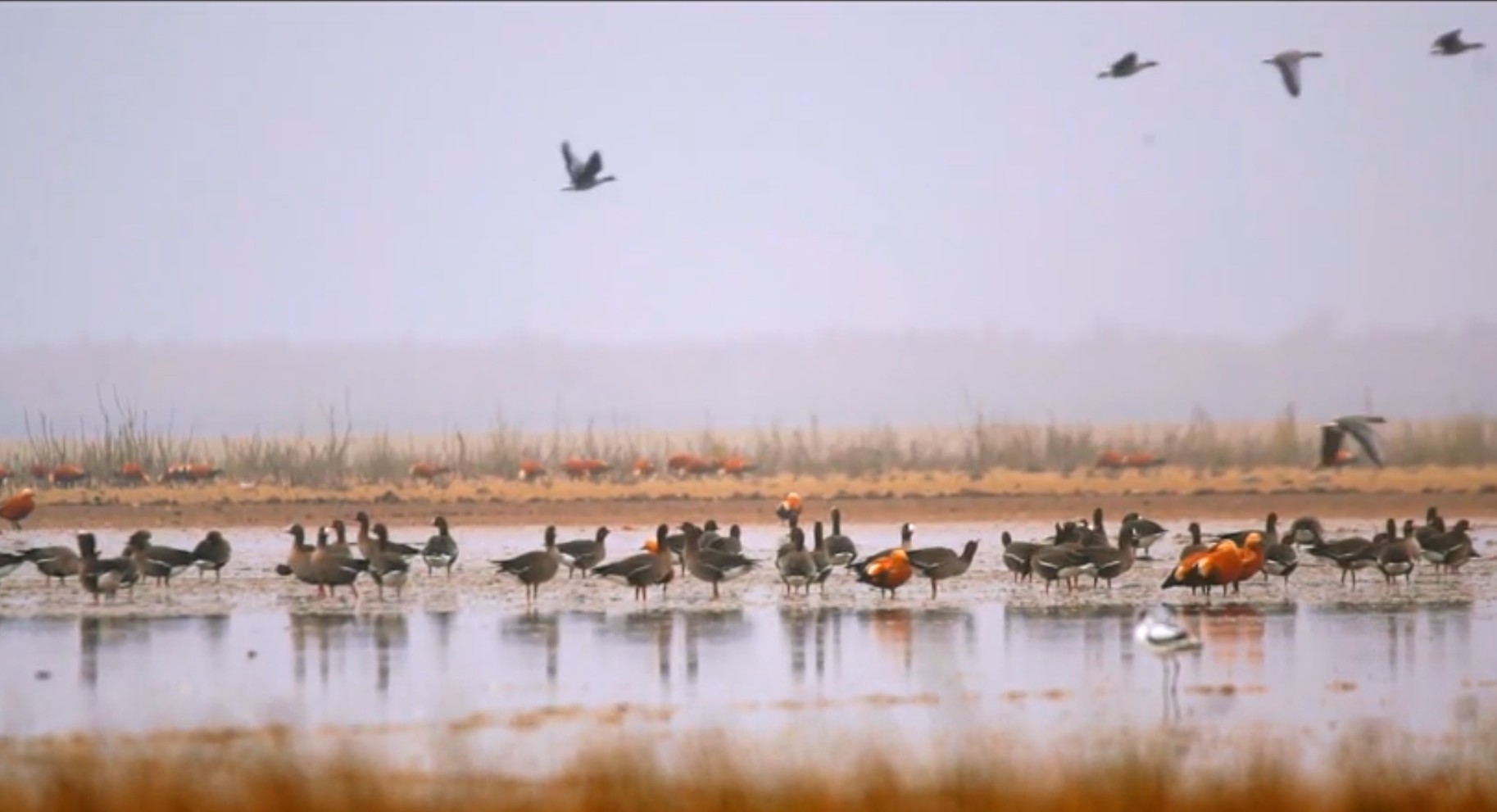
Photo :webshot.
April 22, 2022
Andrew Campbell
The greatest ever worldwide study of the effects of protected areas on wildlife, published in the journal Nature on April 20th, found that protected places like national parks have a "mixed impact" on species. The findings demonstrate that maintaining parks to conserve species and their ecosystems is critical, and that parks are more likely to fall short if such management is not implemented.
The scientists analyzed waterbird population patterns before and after protected areas were constructed in 68 nations, as well as the trajectories of identical waterbird populations inside and outside protected areas. Even though this study only focused on waterbirds, experts say their abundance, ability to colonize and leave sites quickly, and data quality made them a suitable proxy for other wildlife.
Dr Hannah Wauchope of the Centre for Ecology and Conservation on Exeter's Penryn Campus in Cornwall, the study's lead author, pointed out that the study's focus is more on ensuring sites are well-managed to support biodiversity than on the overall world area protected.
Governments are presently negotiating biodiversity targets for the coming decade, with dozens of countries agreeing to safeguard 30% of the Earth's surface by 2030.
